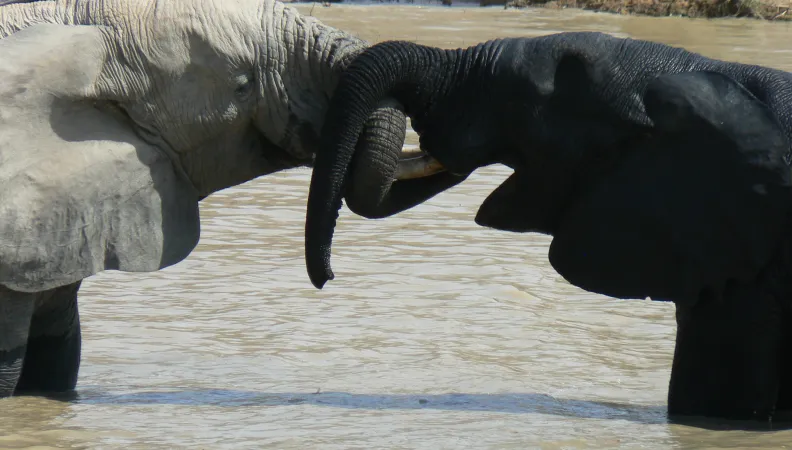Share the page
Working with FFEM

FFEM’s financing focuses on six areas of activity, related to the main international conventions or agreements: biodiversity, climate, international waters, land degradation – including deforestation, chemical pollutants and the stratospheric ozone layer.
The FFEM’s contributions range from €500,000 to €3,000,000 per project.
The FFEM’s co-financing rate is:
• a maximum of 50% for NGOs, local public stakeholders, research institutions, and firms from social and solidarity based economy (which does not include mission-based firms);
• a maximum of 30% for profit-making companies and international organizations.
HOW DOES FFEM OPERATE?
FFEM focuses on activities which meet five thematic priorities, in line with its strategic programming framework for 2015-2018:
- Innovative financing of biodiversity
- The integrated management and resilience of coastal and marine areas
- Sustainable agriculture and forests
- Sustainable urban territories
- The energy transition
as well as two crosscutting objectives: Sustainable consumption and production and Innovative processes.
To carry out its mission to protect the global environment in developing countries, FFEM is committed to working with actors related to its thematic areas of operation.
It can work with all types of actors: donors, public actors, private companies, researchers, local authorities, non-governmental organizations and foundations, and international organizations.
In its conventional projects, FFEM always provides minority financing for development projects, in the form of grants, in addition to other cofinancing provided by project initiators, direct beneficiaries and their other financial partners.
Indeed, sharing the cost of operations and mobilizing local financial resources or other partners reflect a better ownership by project initiators and local beneficiaries. These cofinancing operations consequently contribute to ensuring the sustainability of the programs promoted by FFEM.
